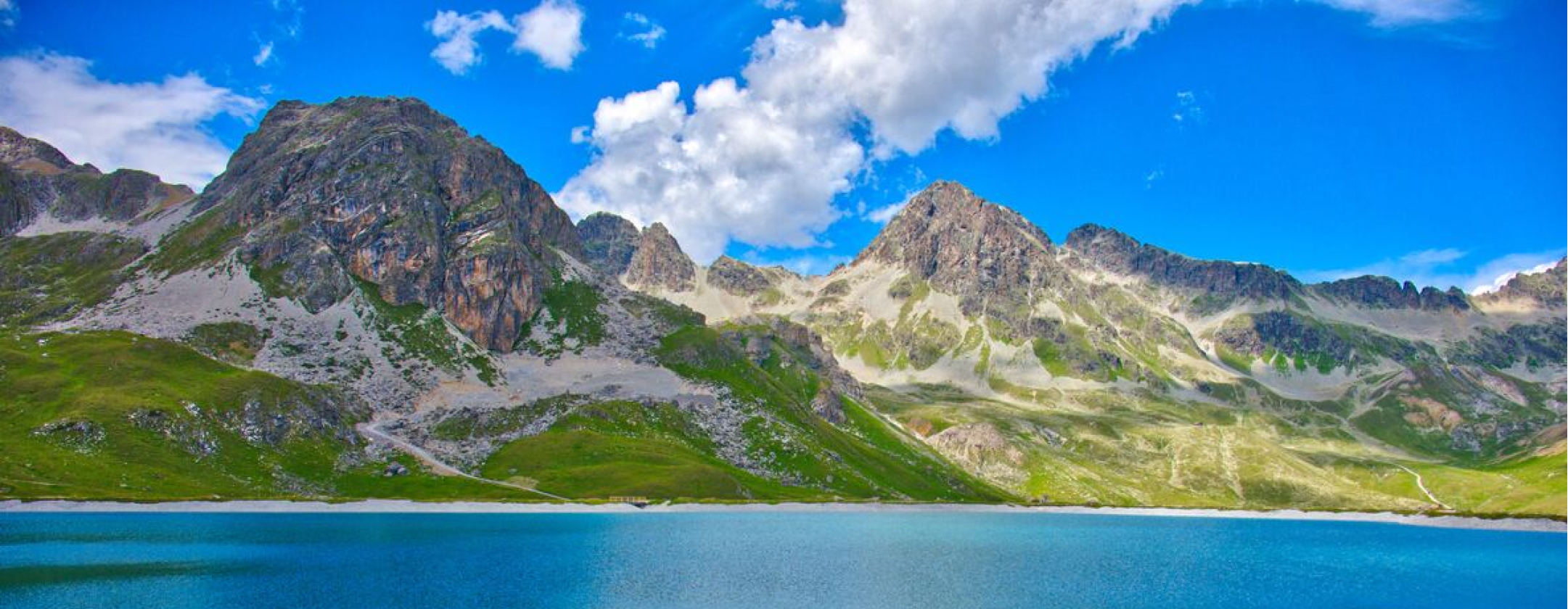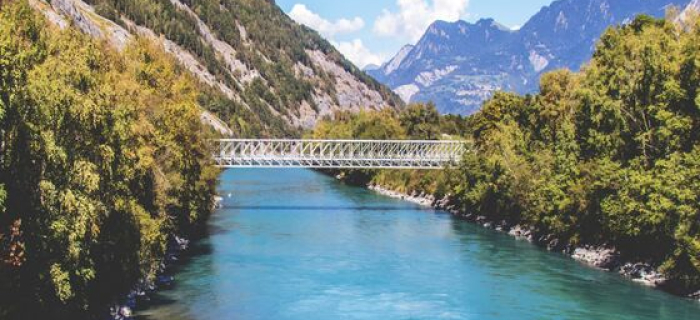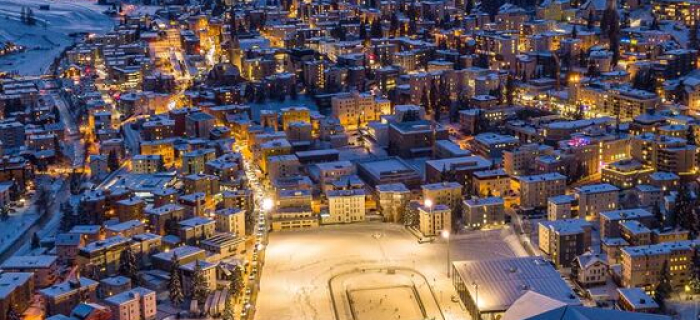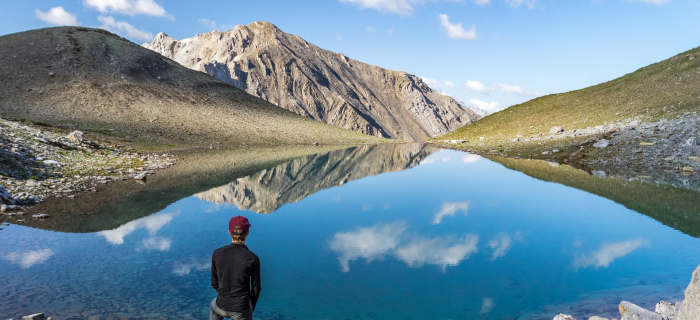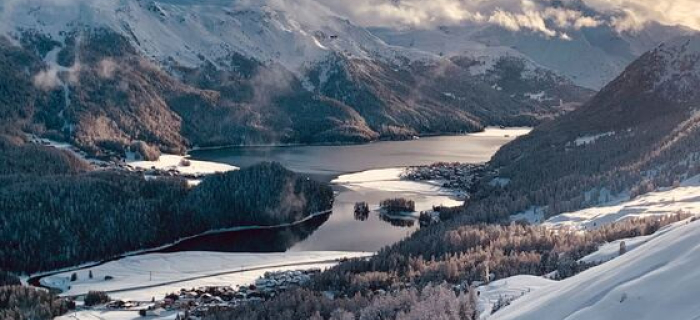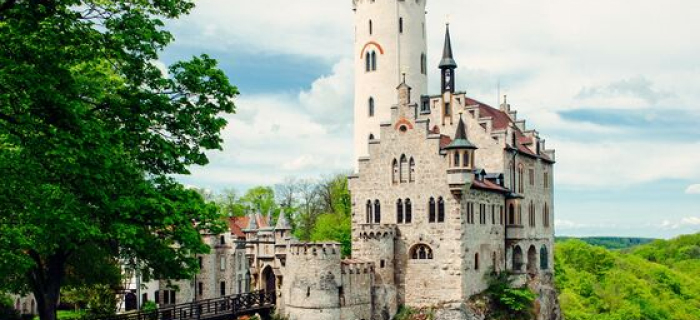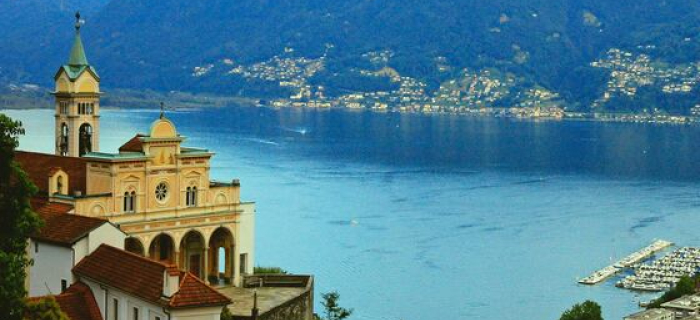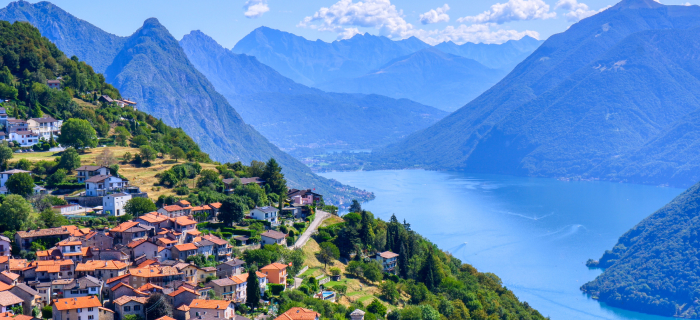Grisons
The Canton of the Grisons is the largest and easternmost canton of Switzerland, it is also one of the three large southern Alpine cantons, along with Valais and Ticino. It is the most diverse canton in terms of natural and cultural geography, as it encompasses both sides of the Alps and several natural and cultural regions.
The Grisons is bordered by four cantons: Ticino to the south; Uri to the west; and Glarus and St. Gallen to the north. The canton is also bordered by Liechtenstein to the north; Austria’s federated states of Vorarlberg and Tyrol to the north and east; and Italy’s autonomous province of South Tyrol and region of Lombardy to the south.
The 3 most known cities of the region are Chur, the capital of the canton, Davos and St Moritz. The majority of the Grisons’ population lives in mountainous areas, including some of the most remote valleys of the country.
Chur
Chur is located on the right bank of the Rhine, 1.5 hours from Zurich and known as the oldest city of the country of more than 11.000 years old. Chur’s Altstadt is often considered as one of the most beautiful Old Towns in Switzerland, with examples of architecture dating back 800 years.
Chur’s Rhaetian Museum is set within a 17th-century baroque villa in the heart of the Old Town. It tells the Canton of Grisons’ story throughout the ages, from Neolithic times to today, with 4 floors of permanent exhibits. Culture lovers will find themselves at home at the Graubünden Art Museum, which hosts works from the 18th century to modern times.
There are eight churches in Chur to visit and 500 places for shopping. If you are interested in local produce, farmers come from the entire canton of Grisons every Saturday for the weekly market.
Davos
Davos is one of the best mountain resorts in the world. It is located in a vast valley at an altitude of 1560 m and is territorially divided into two parts — the western Davos Platz and the eastern Davos Dorf.
The main attraction of Davos is the Ernst Ludwig Kirchner Museum, a German expressionist, the Winter Sports Museum, the Local History Museum and the Grisons Mining Museum. Also at the resort you can visit the International Center and the sports complex — an example of modern architecture, where a skating rink is equipped. And the local church of St. John the Baptist (15th century) is famous for its stained-glass altar windows by Giacometti.
Davos is not only a ski resort, but also a climatic resort, scientists confirmed that the climate of the region helps people with respiratory, allergic and skin diseases. Moreover, the effect is observed not only during the stay at the resort, but also after departure. There are three large clinics in Davos, as well as many sanatoriums with this specialization.
Located in the Engadin Valley in Switzerland, the small town of St. Moritz is one of the most famous luxury Alpine resort towns. Home of gorgeous lofty mountains, broad and green valleys, placid and glassy lakes. The resort has real sporting pedigree, hosting the Winter Olympics in 1928 and 1948, and boasting the oldest bobsleigh run in the world.
You have 350 kilometres of pistes and in summer you can catch gondolas and funiculars for unforgettable mountain experiences. The area is divided into three sectors: Corviglia (Corviglia, 2488 m), Corvatsh (Corvatsh, 3451 m) and Diavolezza (Diavolezza, 2973 m).
Culture lovers are welcome to visit The Engadine Museum, the Mili Weber Museum and The Segantini Museum.
Life in St. Moritz is always in full swing: various competitions and events are held here almost every week. The most popular among them European Cup — International Christmas competitions in jumping, show jumping competitions in the snow, the Cartier Polo World Cup, the Schlitteda da San Murezzan, an annual procession of local residents in national dressn accompanied by musicians, the international White Turf horse races on a frozen lake, the Engandina ski marathon, the annual gastronomic festival and the classical music festival Snow and Symphony.
In addition you can enjoy the following ativities : bobsleigh, horse racing, dog racing, golf, polo and cricket on the ice of a frozen lake, curling, ice skating. The Grisons is the only trilingual canton and culturally the most diverse region of Switzerland.
The canton has a large concentration of medieval castles and ruins. The most notable, in the Engadin, is that of Tarasp, guarding the Inn valley. Many ruins and castles are found in the Domleschg area.
The Glacier Express and Bernina Express train sightseeing tours enjoy stable popularity. Route of the Glacier Express: Zermatt — Brig — Andermatt — Chur — Davos / St. Moritz. The eight-hour journey will pass through 291 bridges, through 91 tunnels and a pass in the Alps at an altitude of 2033 m above sea level, as well as through mountain forests, alpine meadows, mountain streams and valleys.
The Bernina Express runs through Chur — St. Moritz — Bernina Pass — Poschiavo — Tirano (Lugano). The train will rush its passengers along intricately curved viaducts and galleries, through tunnels, past mountain streams, glaciers and alpine gardens. On the way through the Bernina Pass, the train will climb to a height of 2253 m, overcoming impressive climbs.
The gastronomy of the Grisons is mostly known for a dried-beef delicacy called Bündnerfleisch, often simply referred to as Grisons Meat. Other meat specialities include dried sausages (especially Salsiz, made of various meats), speck and ham. Cheeses produced in the Grisons are also numerous.
Wines are essentially produced in the Bündner Herrschaft. In the vineyards between Fläsch and Malans, 42 types of vines are found, Pinot Noir being the most popular.
